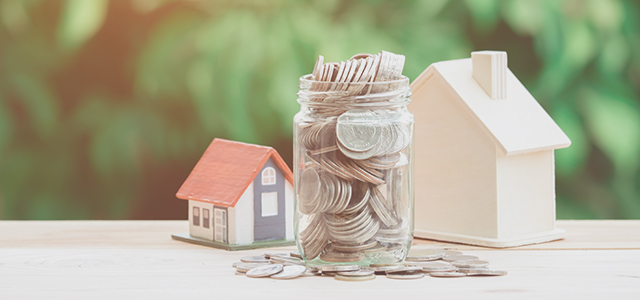In this article:

Owning an investment property is one of the most satisfying financial strategies. Investing in bricks and mortar provides you with a tangible asset that you can see and touch. However, like most financial strategies, there’s a calculation that exists to gauge the potential income and cash flow generated by this investment, and it’s called rental yield.
So what is this calculation, and how do I apply it to my property? Before we begin, there are two essential parts of the equation.
Firstly, you need to know the rental income of the property. If already rented, you can use that figure as a guide for rental return. However, if you’re buying a property that has been owner-occupied, do some research or talk to your Yellow Brick Road mortgage broker and we can assist you in estimating potential rental income based on similar properties in the area.
The second figure you need is property value. Once again, if you’re purchasing the property, then the valuation carried out by your lender will give you that amount. However, if you want to apply this equation to a property you currently own, then arrange a property valuation or talk to us. We can analyse recently sold figures for similarly featured properties in your area to arrive at a realistic value.
Now that you have these two variables, you’re able to calculate rental yield, of which there are two types.
Gross rental yield
Gross rental yield is the most quoted and easiest to calculate. It is based on the rental amount charged per week and the value of the property. So for a property valued at $700,000, generating a rental income per week of $500, calculate the gross yield as:
($500 x 52 weeks) ¸ $700000 x 100 (to gain a %) = 3.71%.
Net rental yield
Net rental yield is a more accurate figure. It takes into consideration the costs associated with owning and maintaining the property, such as insurance, repairs, and maintenance and also considers potential vacancy periods.
However, being harder to calculate, the net rental yield calculation is less common. Based on the same property, but inclusive of costs (estimated at $5346*), calculate the net yield as:
($500 x 52 weeks) – annual expenses of $5346 ÷ $700000 x 100 = 2.95%
What happens next
While the decision to buy your family home is primarily based on emotion and lifestyle, choosing an investment property needs to rely more on the potential for covering costs and growth.
Now that we have these figures, how are you going to use them?
Firstly, talk to us about what the general industry rental yields are at the time you’re considering your purchase. Like other aspects of the property sector, there are fluctuations, so look at the rental yield within the context of the current housing and rental market. This approach will give you a clearer picture of how this particular property is performing.
Most obviously, the rental yield will enable you to consider one property over another based on which has the higher return. While the decision to buy your family home is primarily based on emotion and lifestyle, choosing an investment property needs to rely more on the potential for covering costs and growth.
The other benefit of rental yield is that it provides the key to figuring out how your investment will fall in line with your overall financial goals. A higher rental yield forecast will place less demand on your cash flow by reducing the amount you may need to invest to supplement your mortgage. This yield could work well for a longer term strategy where you will ultimately pay off the mortgage.
On the other hand, a reduced rental yield forecast may be feasible if you’re planning on short-term ownership of the property. You may have purchased a renovator’s delight, for example, and expect to hold the mortgage for a shorter period before selling.
As with most financial decisions, it is crucial to establish your goals when purchasing an investment property. Talk to your Yellow Brick Road mortgage broker about accessing the information to calculate rental yield, and you’ll be one step closer to your financial goals.
* Expenses example: Rates $1200, Water $400, Insurance $1200, Rental vacancy 2.1%, Repairs and Maintenance $2000.

 Contact Us
Contact Us Find a Broker
Find a Broker